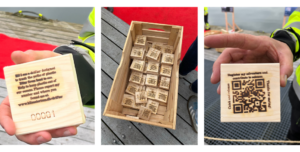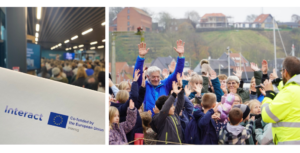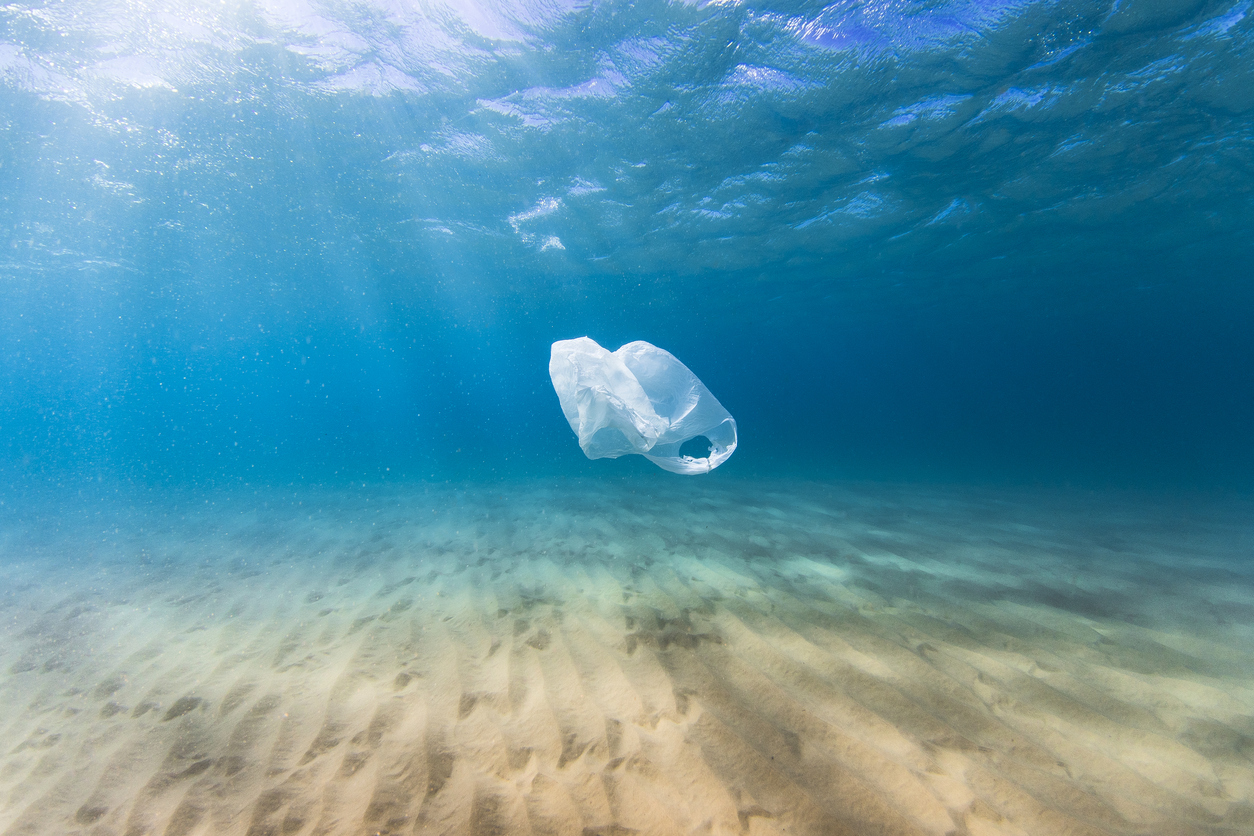The drift of change: Tackling ocean plastic one block at a time
Every year, an estimated 14 million tonnes of plastic flow into the world’s oceans—a staggering figure that experts predict could triple by 2040 unless decisive action is taken.
This pollution infiltrates every corner of the marine ecosystem, entangling sea turtles, choking fish, and smothering coral reefs. The damage extends beyond the visible; microplastics—tiny fragments that form when larger pieces degrade—are ingested by marine life, making their way up the food chain to humans. From seafood to salt, traces of plastic have been found in what we consume, posing potential health risks that scientists are only beginning to understand.
Fighting ocean pollution from the ground up
Despite this dire urgency, the world continues to grapple with finding unified solutions to climate challenges. While global leaders navigate the complexities of climate policy at COP29 in Baku, local initiatives demonstrate that impactful action can also begin from the ground up.

One such initiative takes place in Lemvig, a quiet coastal town in Denmark. On a cloudy November day, the harbour is alive with the sound of excited voices as hundreds of schoolchildren prepare to participate in an unusual event. With hands outstretched, each child holds a small wooden block, and in unison, they throw them into the cold waters of the North Sea, where they begin their silent, steady drift toward faraway seas.
A small gesture with a big effect
It was a symbolic gesture, yet it raises a powerful question: How could children tossing wooden squares into the water in Denmark be connected to solving the enormous problem of plastic pollution in the world’s oceans?
This scene was part of the Global Youth Climate Summit, held at the Klimatorium building in Lemvig, a centre that has become a hub of innovation and hope in the fight against climate change. The Klimatorium has hosted countless discussions and projects aimed at finding tangible solutions to environmental issues, but today felt different. Today, action spoke louder than words. The event was part of the TREASURE project, an initiative supported by the Interreg North Sea Programme.
Stopping plastic at the source before it reaches the sea
Each wooden block released at Lemvig represents a step toward understanding how waste, swept from riverbanks by storms and heavy rainfall, travels to the sea. Equipped with QR codes, these blocks will trace the path of plastics, providing researchers with crucial data to intercept pollution where it begins, demonstrating how localised, community-driven efforts can create significant, measurable impact. With the help of more volunteers, up to 10,000 pieces of wood will be thrown into the seas between 7th November and the summer of 2025.
TREASURE’s mission is straightforward yet ambitious: to reduce plastic pollution in the North Sea by tackling it at its source before it even reaches the ocean, bringing together Denmark, Germany, Belgium, France, and the Netherlands to share research, strategies, and solutions as an example of transnational cooperation.
What we do today, even if it seems small, will be remembered by these young people in 10 years

Amid the participants in Lemvig, a young woman in a bright yellow vest stands out, moving from one group to another with an air of purpose. Isa Schipperheijn, the project manager of the TREASURE initiative, is everywhere at once.
At just 15, Isa crossed the Atlantic on a mission that would define her path: a voyage to study and remove macroplastics from the sea, spurred by school lessons and a partnership with the Ocean Cleanup organisation. The vast sea taught her early on that fighting pollution was more than an abstract idea that keeps coming back: “What we do today, even if it seems small, will be remembered by these young people in 10 years,” she says.
Today’s she has brought that same fervour to Lemvig’s Global Youth Climate Summit. She is omnipresent, listening, talking to participants with a hands-on attitude of someone who has spent years perfecting the balance between vision and action: “The only thing we’ve done is throw 500 wooden bricks with QR trackers into the water. Everyone can do that, but it’s everything around it that kickstarts larger movements.”
If it weren’t for Interreg’s support, we would all try to do it separately, and maybe it wouldn’t be as efficient. Collaboration is key for projects like this.
She knows well that large-scale change is never the work of one person or even one country alone. Reflecting on the TREASURE project, she says, “If it weren’t for Interreg’s support, we would all try to do it separately, and maybe it wouldn’t be as efficient. Collaboration is key for projects like this.” The cooperation between Denmark, Germany, Belgium, France, and the Netherlands brought together expertise and shared strategies that no single nation could achieve alone.
“The hope and optimism we get from knowing what’s going on in other countries really boosts the effectiveness of the project,” she says. This shared knowledge and support makes the TREASURE initiative more than just an environmental effort; it is an example of how unity can amplify impact and turn local acts into global solutions.

“Climate issues can feel abstract and overwhelming for many, including young people. But when you show them simple actions, like a beach cleanup or a workshop, they realise that they can contribute. (…) These events give people the sense that if you start small, you can achieve big results,” she says.
“But we will never, ever do anything if we just keep talking about how big and serious they are.” Her words echo across the summit, a reminder that meaningful change begins with the willingness to start, however small. It was this unyielding spirit that turned projects like TREASURE from plans on paper into movements in the water, where even a wooden block cast by a child could signal hope.

With ongoing support from initiatives such as Interreg, efforts that bridge nations and bring communities together will continue to flourish, demonstrating that impactful solutions are within reach. Such projects inspire hope and remind us that the journey toward a healthier, cleaner world is made possible when individuals, communities, and countries commit to taking even the smallest of steps forward.


